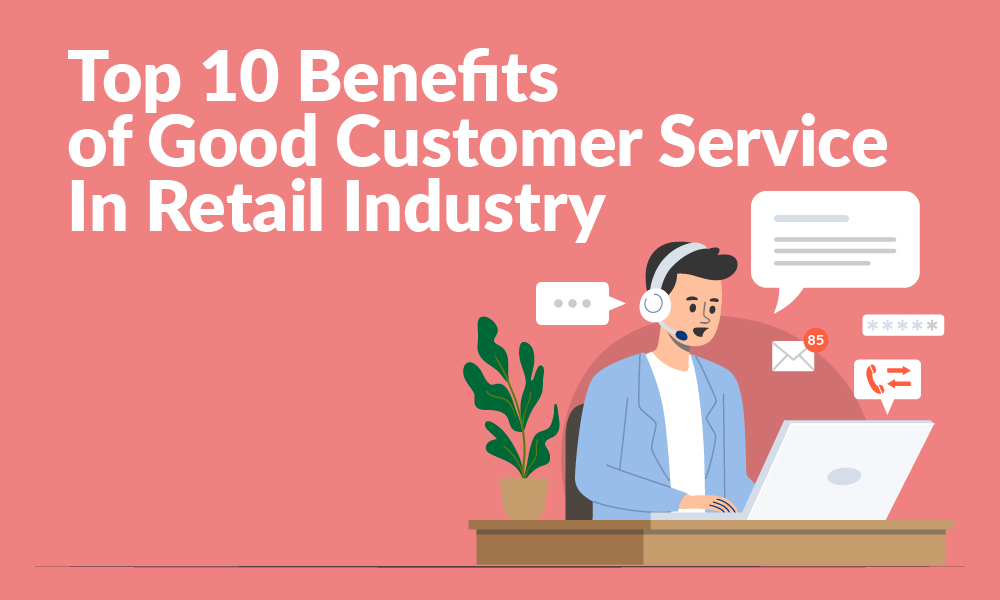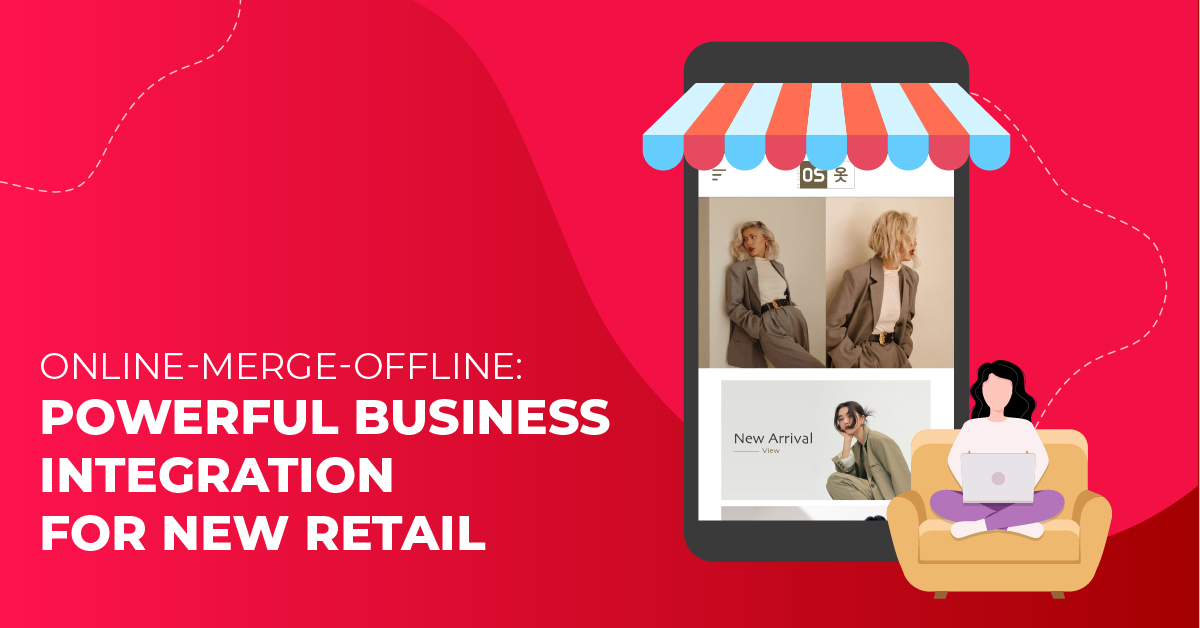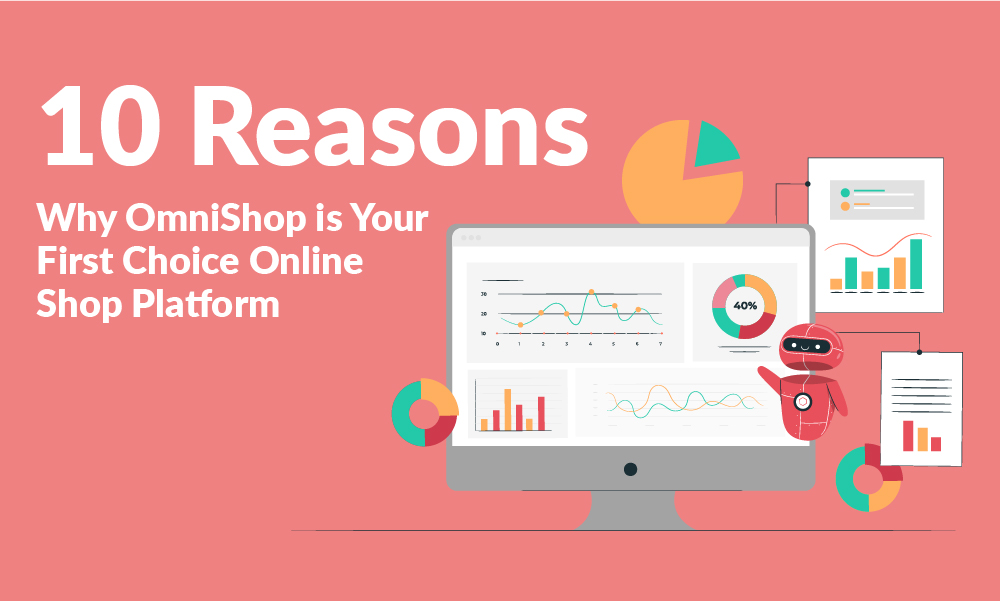Introduction
The retail industry has undergone a significant transformation in recent years, driven by changing consumer behaviour and technological advancements. New retail, a concept that integrates online, offline channels, leverages data and technology to create a seamless shopping experience. It also has disrupted traditional retail models and set new standards for customer expectations. In this article, we will explore the key components of new retail and the ways in which it is transforming the retail industry.
What is New Retail?
New retail is a term coined by Jack Ma, the founder of Alibaba. It describes the integration of online and offline channels to create a seamless and personalized shopping experience. The concept is built around the idea of using data and technology to understand and meet customer needs. It also uses to provide a more convenient, efficient, and enjoyable shopping experience.
It is based on three core components: customer data, online and offline channels, and technology. To leverage these components, retailers can create a more personalized shopping experience for customers, whether they are shopping online or in-store.
The Rise of New Retail
The rise of new retail has been driven by changing consumer behaviour and technological advancements. Consumers are increasingly looking for a more convenient and personalized shopping experience. They expect retailers to be able to provide a good shopping experience across all channels. At the same time, technological advancements, such as mobile devices have made it possible for retailers to collect customer data. These data will use to analyze customers’ purchase behaviour and to personalize the shopping experience.
The Components of New Retail
As mentioned earlier, it is built around three core components: customer data, online and offline channels, and technology. Let’s take a closer look at each of these components.
Customer data: Data is at the heart of new retail. Retailers can collect customer data through different channels, including social media, e-commerce platforms, mobile apps and in-store interactions. This data can use to enhance the shopping experience for each customer. How to enhance it? This data will use to provide tailored recommendations, promotions and discounts for specific customer groups.
Online and offline channels: It integrates online and offline channels to create a seamless shopping experience for customers. Customers can browse and purchase products online, or visit a physical store to see and touch the products before purchase. In-store experiences can also be personalized using data collected from online interactions, such as recommendations and promotions.
Technology: Technology is the key enabler of new retail. Retailers can use artificial intelligence, machine learning, and other advanced technologies to analyze customer data. It can help to create good and personalized shopping experiences. Mobile devices also play an important role in new retail. It enables retailers to connect with customers in real-time and provide personalized offers and promotions.
The Benefits of New Retail
New retail offers several benefits to both retailers and customers. For retailers, it can help increase sales and customer loyalty, reduce costs, and improve operational efficiency. By using data and technology to personalize the shopping experience, retailers can build stronger relationships with their customers and create a competitive advantage.
For customers, it offers a more convenient, efficient, and enjoyable shopping experience. Customers can browse and then purchase products online or in-store and receive personalized recommendations and promotions based on their interests. New retail also offers faster checkout processes and tracks the status of their orders in real time.
The Challenges of New Retail
While new retail offers many benefits, it also presents several challenges. One of the biggest challenges is the need for retailers to collect and analyze their customer’s data. This requires significant investment in data collection and analysis infrastructure to make sense of the data.
Another challenge is the need for retailers to integrate their online and offline channels seamlessly. This requires significant investment in technology and logistics infrastructure to ensure that products are available both online and in-store. And, the shopping experience is consistent across all channels.
New retail also requires retailers to adapt to changing consumer behavior and preferences and to be agile and responsive to customer feedback. This can be challenging for retailers that are used to traditional retail models and may be resistant to change.
Examples of New Retail in Action
Many retailers are already embracing new retail and using data and technology to create a more personalized shopping experience. Here are some examples in action:
Amazon Go
Amazon Go is a new retail concept that uses advanced technology to eliminate checkout lines. Customers simply scan their Amazon Go app when they enter the store, and the app automatically detects what they take off the shelves. The cost of the items is charged to the customer’s Amazon account, and a receipt is sent to their phone. Amazon Go uses a combination of computer vision, sensor fusion, and deep learning algorithms to create a seamless and personalized shopping experience.
Nike
Nike’s new store in Melrose, Los Angeles, uses data and technology to create a personalized shopping experience for each customer. The store features a digital “Nike Expert” who can provide personalized recommendations based on the customer’s preferences and purchase history. The store also uses data to determine which products to stock, based on local trends and customer demand.
Hema
It is a new retail concept developed by Alibaba. It integrates online and offline channels to create a seamless shopping experience. Customers can browse and purchase products online, or visit a physical store to see and touch the products before purchase. In-store experiences can also be personalized using data collected from online interactions, such as recommendations and promotions.
The Future of New Retail
The future of new retail is bright. As retailers continue to invest in data and technology to create a more personalized shopping experience for customers. Artificial intelligence, machine learning, and the Internet of Things will continue to play a key role in new retail, enabling retailers to collect and analyze vast amounts of data about their customers and use this to provide personalized recommendations and promotions.
In the future, we can expect to see even more advanced technologies, such as augmented reality and virtual reality, being used to create immersive and personalized shopping experiences. We can also expect to see retailers using blockchain technology to create more secure and transparent supply chains and to enable customers to track the origin and authenticity of the products they purchase.
The Role of Data in New Retail
One of the key components of new retail is using data to create a personalized shopping experience for customers. Retailers are using data to track customer behavior and preferences, to understand how customers interact with different channels, and to create customized recommendations and promotions.
The collection and analysis of customer data are made possible with the widespread adoption of mobile devices and the Internet of Things. Customers constantly generate data as they browse online, shop in-store, and interact with retailers through social media and other channels. Retailers can use this data to create a more personalized shopping experience by tailoring recommendations and promotions to individual customers.
However, the use of data in new retail also raises concerns about privacy and security. Retailers must be careful to collect and use customer data in a transparent and ethical manner, and to protect this data from unauthorized access and use.
The Impact of New Retail on Jobs and Employment
The adoption of new retail is also having a significant impact on jobs and employment in the retail industry. As more retailers embrace automation and technology, traditional retail jobs such as cashiers, stockers, and sales associates are becoming less common. Instead, retailers are hiring more data analysts, software developers, and other technical roles to support their new retail initiatives.
While the adoption of new retail may result in some job losses in the short term, it also creates new opportunities for employment in the long term. As retailers invest in new technology and infrastructure, there is a growing demand for workers with technical skills, such as data analysis, programming, and artificial intelligence.
Challenges and Opportunities for Retailers
The adoption of new retail presents both challenges and opportunities for retailers. On the one hand, retailers must be willing to invest in new technology and infrastructure to create a seamless and personalized shopping experience for customers. This requires significant investment in areas such as data analytics, artificial intelligence, and logistics.
On the other hand, retailers that embrace new retail have the opportunity to increase sales, improve customer loyalty, and gain a competitive advantage in the retail industry. By using data and technology to create a more convenient, efficient, and enjoyable shopping experience, retailers can differentiate themselves from their competitors and meet the evolving needs and preferences of their customers.
Conclusion
New retail is transforming the retail industry, by integrating online and offline channels and using data and technology to create a more personalized shopping experience for customers. While it presents several challenges, such as the need to collect and analyze vast amounts of data and to integrate online and offline channels seamlessly, the benefits of new retail are significant.
Retailers that embrace new retail can increase sales, improve customer loyalty, and gain a competitive advantage in the industry. By leveraging customer data, online and offline channels and technology, retailers can create a more convenient, efficient, and enjoyable shopping experience for their customers.
As retailers continue to invest in data and technology, we can expect to see even more advanced technologies developed. It will use to create immersive shopping experiences and create secure and transparent supply chains. The future of new retail is bright. Retailers that embrace this concept are well-positioned to succeed in the rapidly evolving retail industry.
Want to transform your business into a new retail business? Learn more here.
Recommend Article: What is Omnichannel?





